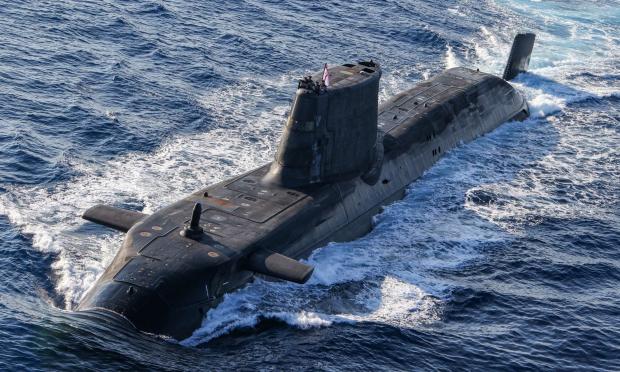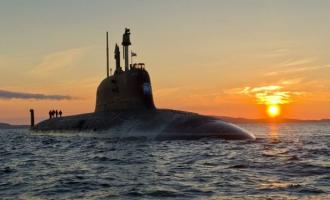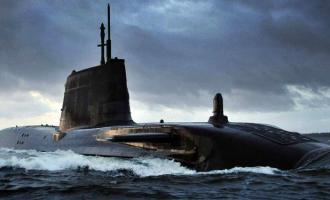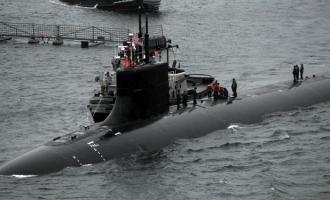Submarines are among the most important and deadly weapons of the sea. They are usually packed with enough resources for 90-days missions and can dive up to 250m in depth.
In the '80s, Russia built the Typhoon class that included submarines with a length of 175m and a width of 23m. There are as huge as 2 Boeing 747 airplanes!
The most advanced nuclear-powered submarines of the world are capable of launching ballistic missiles and carrying weapons with nuclear warheads. Only six nations own nuclear-powered submarines: the USA, the United Kingdom, France, India, Russia, and China. Even some sources state that North Korea and Israel operate similar submarines.
Let's see how these boats work
Sensors
First of all, submarines feature sensors in the front part that transmits acoustic waves to track targets. The data are controlled inside the submarine with the help of a radar display. The information provided by the sensors is divided into two big categories: the data about the target's location and the data about its direction.
Sail
The conning tower is located in the sail of the submarine, and it is the data center, the command center, and the center of communication. The conning tower includes the periscope, the radar, and the communication masts. When the submarine is on the surface, the conning turret uses as the maintenance platform, and of course, it's the only way in and out of the submarine.
Periscope
A periscope is an observation gadget used similarly to binoculars. Some crew members can use it to see what's happening on the surface of the sea. This gadget is a good example of how the law of reflection works.
Up and Down
The method used by the submarines for submerging and emerging is in action very simple. They follow Archimedes' principle that states that every vehicle that is submerged in water is being pushed by a force equal to the weight of the water it displaces. How this principle is being applied to the submarines? Every submarine has three glasses of water tanked, two sides and one in the middle. The main is being used to move the submarine up and down, and the two sides are used to make the balance of the boat.
So, where the tanks are full, the submarine is hearing that the water and that's why it's sinking. When there is no water in the tanks, the submarine is emerging. When it wants to submerge again, the airways open and the tanks are filling again.
Rudders and fins
In the rear of the submarine, we meet a pair of rudders and a pair of fins. The first ones are used to change the pleural direction of the submarine. The rudder is the basic tool used to navigate the submarine.
Propellers
The rotating propellers give propulsion to the submarine to move underwater. The propellers work in a combination of diesel and electric propulsion systems. Their design is very decisive for the speed and the sound of the submarine, although it remains one of the biggest secrets of submarine technology.






